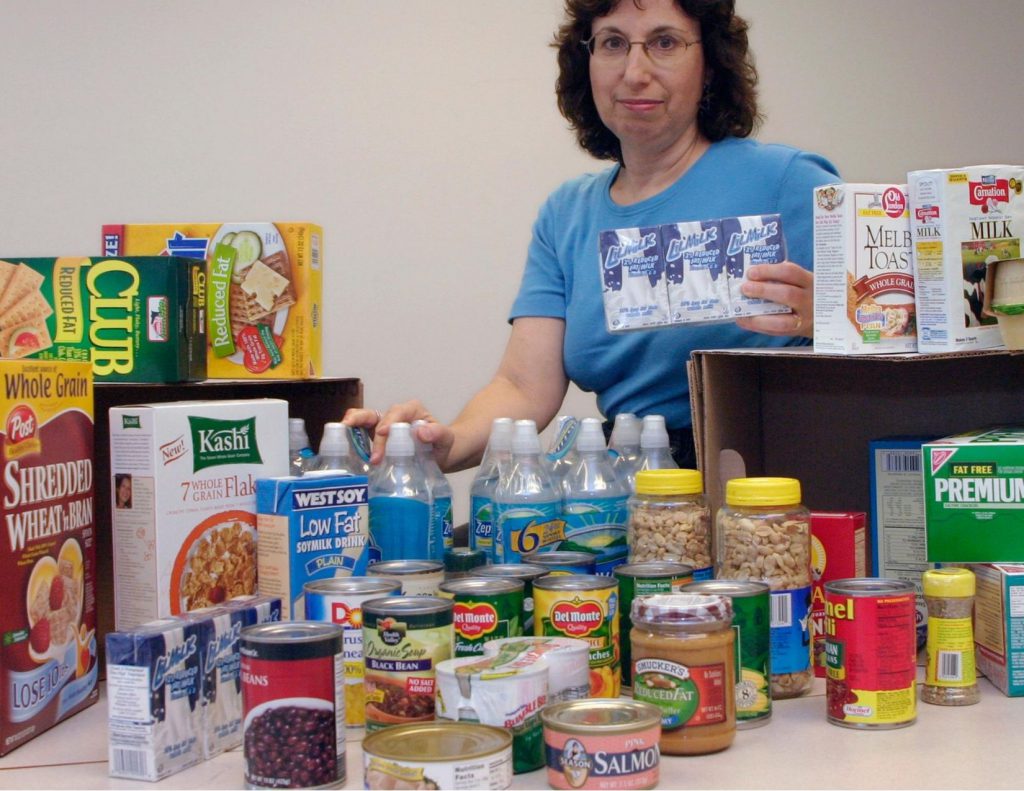As a hurricane approaches our state it’s important to remember to prepare now so that no matter what happens you are ready. Of course, there are tons of things to do to prepare, but making sure you have food that’s safe to eat is the focus here.
When we head to the grocery store, our tendency is to go for snacks. However, you will want to make sure you get proper foods to feed your family, if needed. One important reminder is to buy the food in quantities in which you can consume in one sitting because keeping leftovers probably won’t be possible. Below is a suggestive list of foods that are shelf stable and should be staples during hurricane season.
canned meats (tuna, chicken, salmon, etc.)
canned fruits (in their own juices)
canned vegetables (no salt added)
canned soups
dried fruit
nut butter (almond, peanut, etc.)
bread (whole grain)
protein bars
fruit bars
ready to eat cereal (whole grain)
tortilla shells (wheat)
trail mix
nuts and seeds (unsalted)
bottled or canned juices (100% juice)
bottled water
powered, dried, or evaporated milk
crackers (reduced sodium)
The other part of hurricane prep for food includes keeping it safe so you can eat it. Whether it’s trying to save the food you already have or prepping food to eat with no power, below are the basics you need to know.
Refrigerator
Turn your refrigerator to the coldest setting possible and make sure it’s not packed too full. If your refrigerator is too full it will not allow for proper air flow and that will make it harder for the refrigerator to stay cold. It is best to get a thermometer for your refrigerator so whether you have power or not, you can still know if the food is safe. If the power goes out, the food in your refrigerator is safe for 4 hours as long as the refrigerator remains closed the entire time. If the refrigerator is opened for any reason or if it has been longer than 4 hours, the thermometer in the refrigerator must read 41 degrees Fahrenheit or below or the food must be thrown out.
Freezer
Turn your freezer to the coldest setting possible and be sure to have a thermometer in your freezer. A freezer maintains temperature best when it is full. If your freezer is only half full it is best fill it with bags or storage containers filled with water and allow them to freeze. This will help your freezer stay colder longer if the power goes out. If the power does go out, a freezer that is full and left closed is safe for 48 hours. If the freezer is only half full and left closed the food is safe for 24 hours. If any food thawed and then refroze it will need to be thrown out no matter how long the power was out.
The most important thing to remember with food is “When in doubt, throw it out!”
Food Safety Principles
Storm or no storm practicing the food safety principles of clean, separate, cook, and chill are always important for protecting your food:
Clean: Washing your hands with soap and clean water is the simplest effective way to protect yourself. You should also wash all surfaces, utensils, and anything food touches or will touch.
Separate: Keep different kinds of food separate from others so you do not cross-contaminate.
Cook: Cook all food to the proper temperature before consuming. Use a food thermometer to be sure the food has reached its proper temperature in its thickest part.
Chill: Keep cold food cold. Refrigerate promptly.
In Florida we never know whether the storm will affect us this time around or not, but we should always be prepared to weather the storm.
For UF IFAS Disaster Handbook, click here.
 0
0
